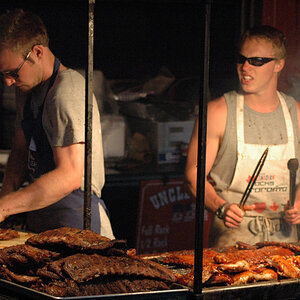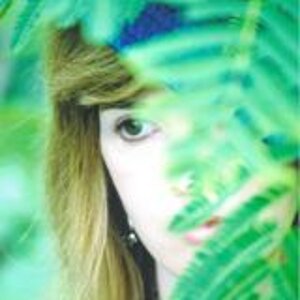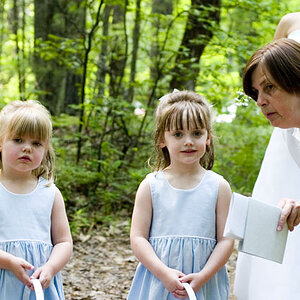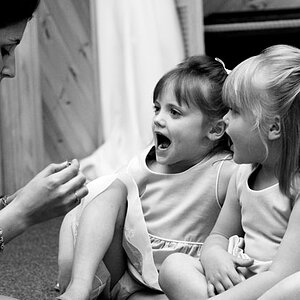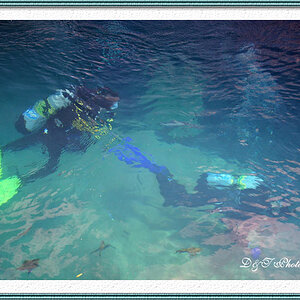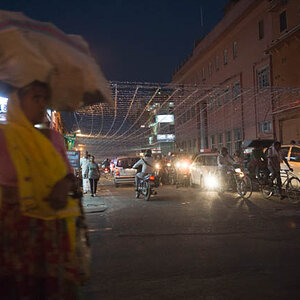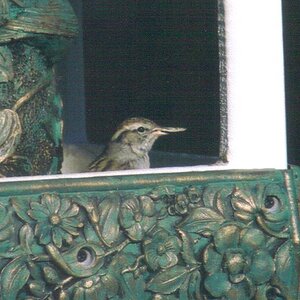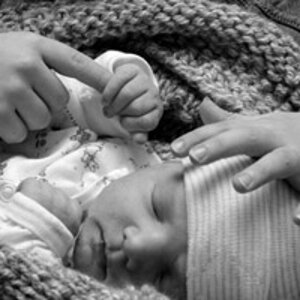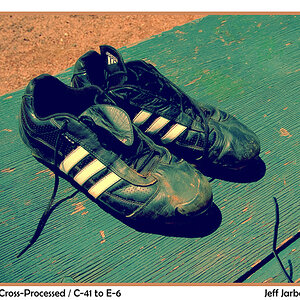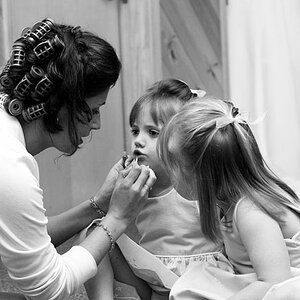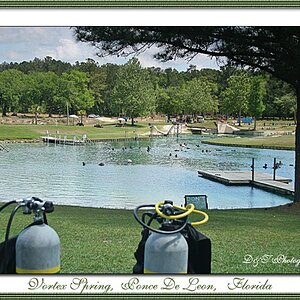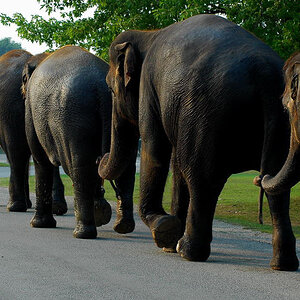slat
Been spending a lot of time on here!
- Joined
- Oct 1, 2016
- Messages
- 3,452
- Reaction score
- 1,043
- Location
- Missouri
- Can others edit my Photos
- Photos OK to edit
I have been thinking of upgrading from my 18-55 kit lens to the Sigma 17-50 f/2.8 EX DC OS HSM.
I have also been thinking of getting a off camera flash https://www.adorama.com/fplfsmzcak2.html.
Which would give me the most benefit? I'm stuck pretty much on price range on the lens but obviously have room for suggestions on the flash.
I have also been thinking of getting a off camera flash https://www.adorama.com/fplfsmzcak2.html.
Which would give me the most benefit? I'm stuck pretty much on price range on the lens but obviously have room for suggestions on the flash.


